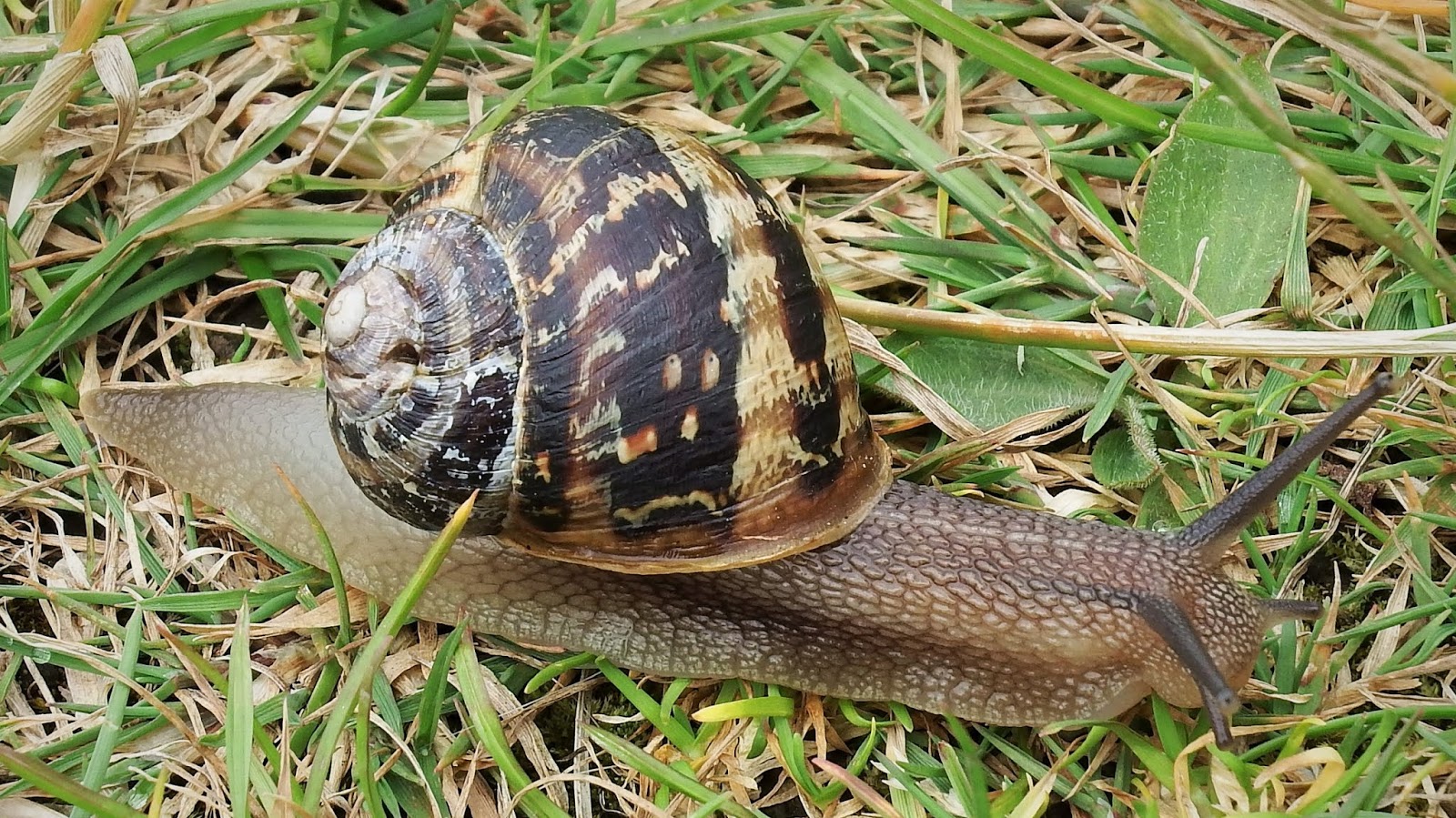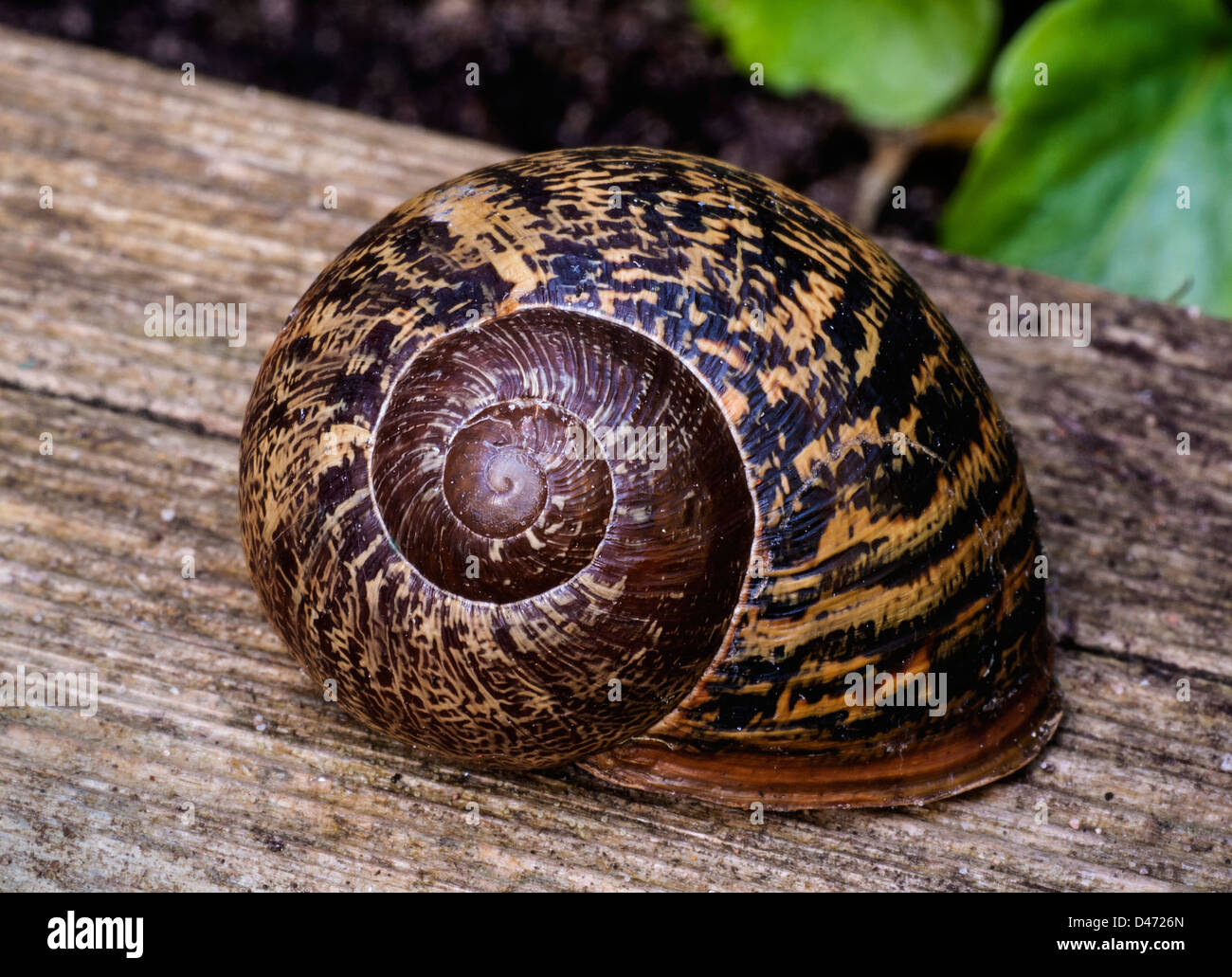

There are plenty of positives for keeping snails but I love that they don’t take a lot of work. Also, I’d suggest that children be fully supervised as people can get sick if they eat snails. Is it okay to hold snails? It is fine to hold a snail but ensure you use proper health practices and wash you and your child’s hands straight after holding a snail. For a good list of food that snails love and for more information on why snails need calcium in their diet, visit this great website all about pet snails. Many fruits and veggies come home with pesticides on their skins and if you feed it to them, it will kill your snails.Īlso, snails need calcium to keep their shells healthy, so adding a bit of cuttlefish or dried crushed eggshells to the side of the dish is important too. Remember to wash the food before you give it to them. It makes the cleanup and addition of fresh food much easier than if you added it straight to the bottom of the tank. Snails eat fruit and veggies (avoid citrus foods) but these foods soil quickly. We added a terracotta pot and a stick for climbing but you can add real plants, rocks and twigs too. Providing plenty of places that allow the snail to be where it makes them happy is good for your snails. Snails like to hide in dark places, although some like to sit near the lid and others even under the dirt. A spray bottle is perfect to moisten substrates and furnishings in the enclosure without making it too wet. Keep the substrate clean and moist at all times. Both are great substrates for snails and should be added 7 -10cm deep in the enclosure. We used regular soil from the garden and, because we had it on hand from making a wildlife-themed terrarium a while ago, I also added some sphagnum moss. This is the enclosure I use for most of my children’s pet critters. Snails don’t mind a bit of humidity but they do need fresh air. It’s important the enclosure provides a good amount of ventilation. But if you’re going to keep them for longer, a larger enclosure would be better for the snails. It is can be a plastic takeaway container if you’re only intending to keep and observe them for a couple of days. The enclosure can be as simple or as extravagant as you’d like. We usually find ours tucked up under a lettuce leaf. In our previous house, we didn’t find a snail once (and we actively look for creepy crawlies) but as soon as we added a vegetable garden it was almost like it was an open invitation for snails to visit us. You can find snails in the garden most of the time.

They may be slow but they can be interesting to watch.Children can handle snails (see important information below).
#GARDEN SNAIL HOW TO#
No, seriously.īelow you’ll find all the information you need to know, including general snail care, how to care for a snail, what to feed them, and how to make a healthy snail home. This clever method was inspired by the Snail's Tales blog.Pet snails make great pets. The radula scrapes up, or rasps, food particles and the jaw cuts off larger pieces of food, like a leaf, to be rasped by the radula. To understand what the single jaw and radular band look like in a terrestrial snail, two Museum interns (from Glendale Community College), Ala Babakhanians and Richard Laguna, photographed a common European Garden Snail (Cornu aspersum) eating a film of cornstarch and water on a piece of glass. Snails and slugs eat with a jaw and a flexible band of thousands of microscopic teeth, called a radula. There are specialist and generalist species that eat worms, vegetation, rotting vegetation, animal waste, fungus, and other snails. Snails and slugs have evolved to eat just about everything they are herbivorous, carnivorous, omnivorous, and detritivorous (eating decaying waste from plants and other animals).

Well, I’d like to guess that it is more fascinating than you’d expect, if you’ve ever thought about snail and slug feeding in the first place. The anatomy involved in land snail and slug feeding is fascinating. Have you ever wondered what the inside of a snail's mouth looks like?


 0 kommentar(er)
0 kommentar(er)
